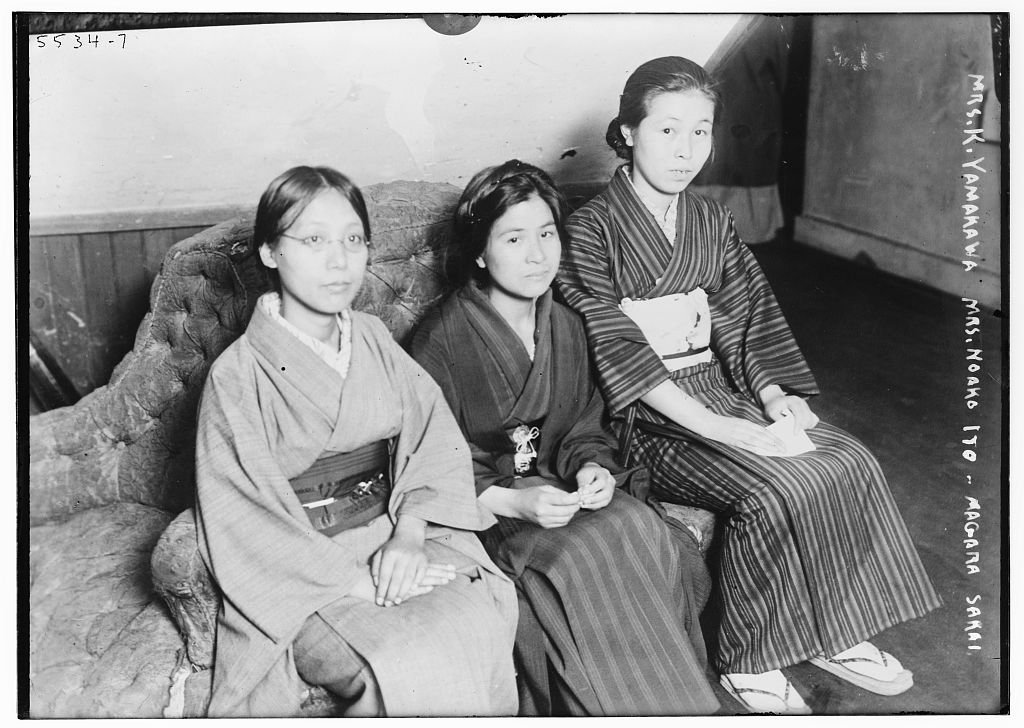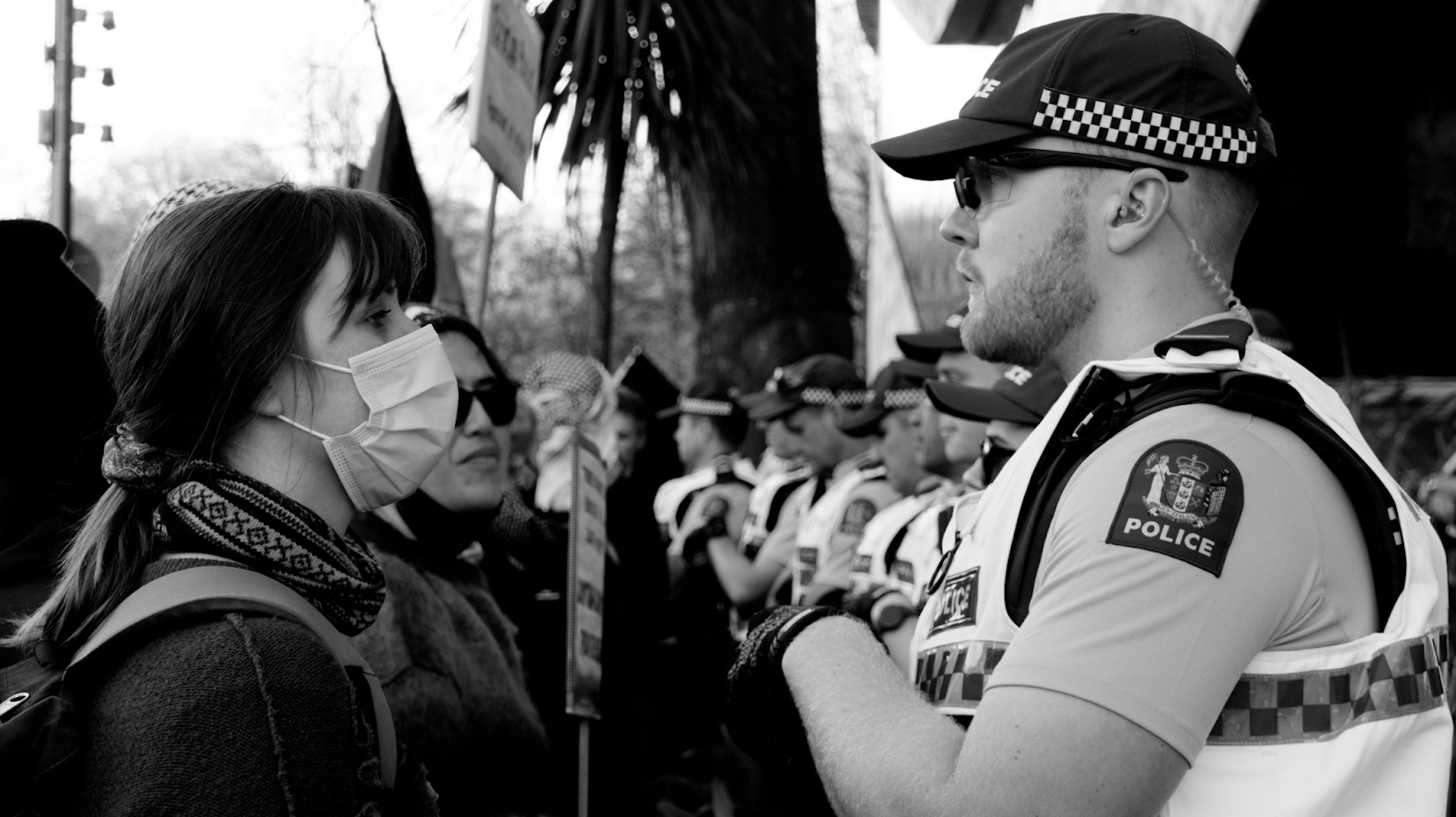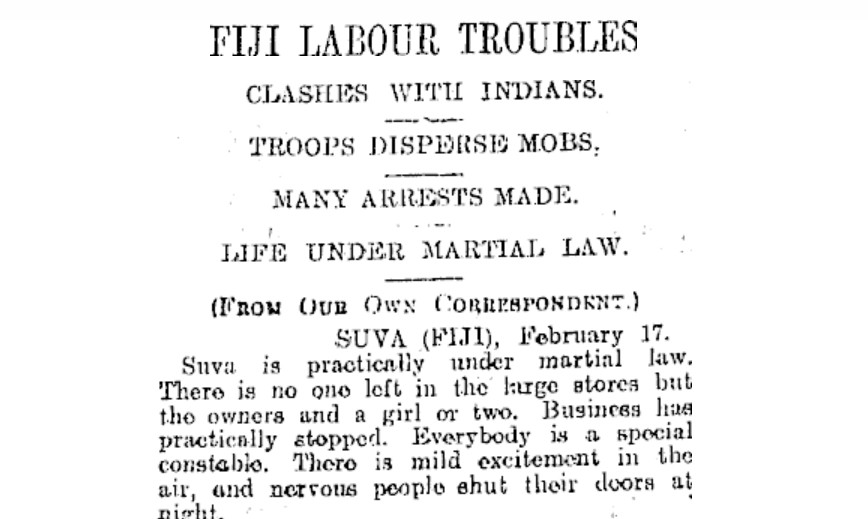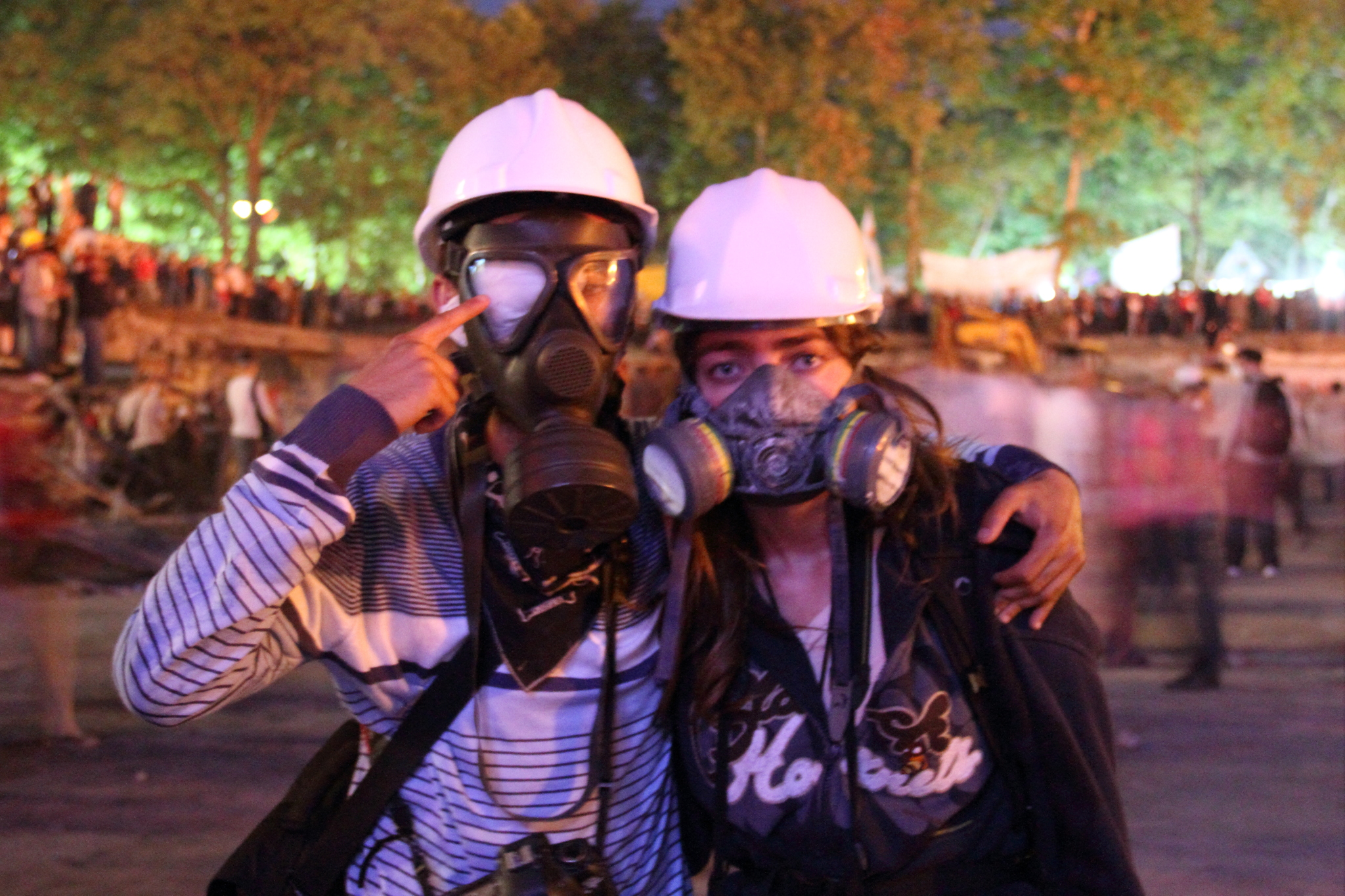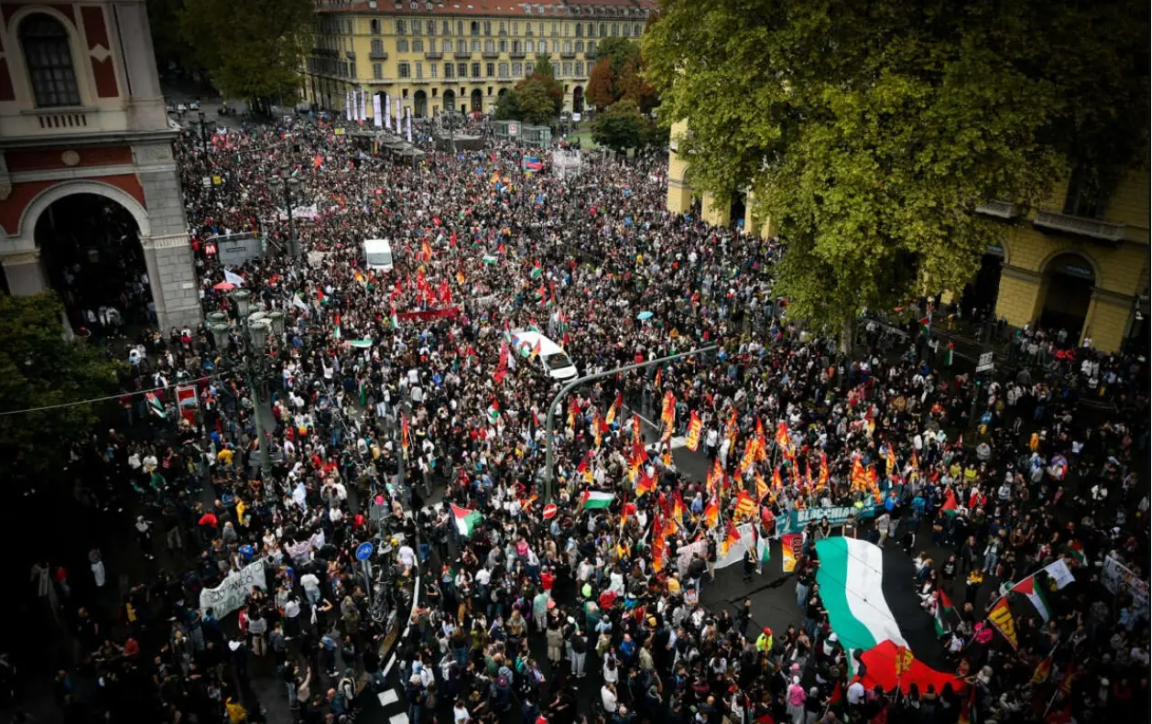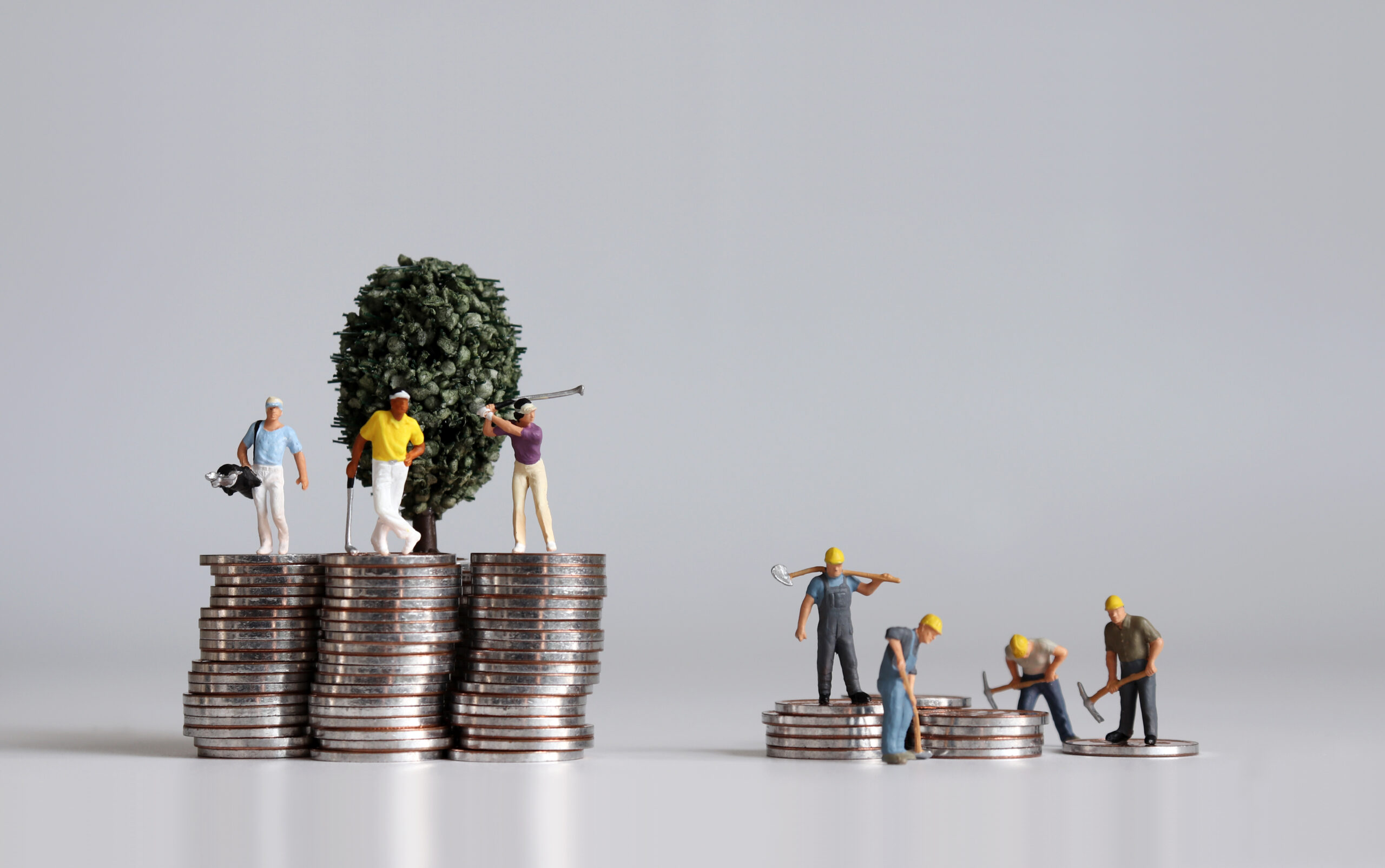Shomi Yoon gave this talk as part of Marxism 2014 in Melbourne. Marxism 2015 will take place from April 2 – 5.
“What sort of woman are you? Demonstrating when you should be at home looking after your children?” This was the question Sadayo Nakasone faced by the arresting officer for participating in the first contingent of women to march on the second May Day held in Japan in 1921.
Nakasone, fired back, “What sort of man are you! A proletarian who works for the capitalists! Take a look at yourself!”
Nakasone, along with 20 other socialists, made history on this day as the first contingent of women to mark May Day in Japan. They were all arrested after marching under the banner of Sekirankai or Red Wave – an organisation that was established with the specific aim or participating in May Day but with the wider aim of overthrowing capitalism for genuine women’s liberation.
Women have always been involved in the communist and socialist movements from the earliest of days. The second May Day in 1921 is a continuation of this history but also symptomatic of the wider social and political struggles that were happening domestically and internationally that pushed these women into mobilizing onto the streets. The class was on the move, revolutionary ferment was in the air, and Red Wave women wanted to be part of this historical shift.
The story of the Red Wave women is one that has been “hidden from history”. In the most definitive English language history of the Japanese Communist Party from this era, George Beckmann and Okubo Genji do not mention any of these women. This history was largely unacknowledged and ignored until the 1970s and 1980s in both Japanese and English when feminists began to uncover and write about this hidden history.
Sekirankai Emerges
In order to be able to participate in the second May Day in Japan, in 1922 socialist women established Sekirankai, the Red Wave Society. Japanese workers had come together for the first time to observe May Day the previous year to mark their growing militancy and power. The first march attracted some 5000 workers. By the time of the second, in 1921, the socialist movement wasgaining momentum.
The Red Wave Society was the first organisation of its kind to mobilize women for a public action. But why did socialist women form their own organization? One of its founders, Kutsumi Fusako, reminisces that its members had no political or theoretical commitment to autonomous women’s organising women. Sekirankai was established because “at the time women could not enter the Socialist League in a satisfactory manner. In order to participate in the second May Day, we quickly decided to establish a group consisting of women only”. Article 5 of the Peace Preservation Law prohibited women from attending or holding political meetings, or joining political organisations. In other words, the law prescribed women to the home. Sekirankai women were prohibited by law from joining the Socialist League, which was the larger umbrella organisation that included an alliance of socialists and anarcho-syndicalists, so they decided to get around the law by creating a women’s division.
Red Wave or Red Ripple?
The term Red Wave is actually not a literal translation of Sekirankai. The women were more modest and humble in their aims and influence. Seki means red, but ran is actually closer in meaning to a ripple than a wave. While the women wanted fundamental change, they were also aware of their own limitations and the impact that they would have. Magara, who was just 19 at the time she attended the second May Day, penned Red Wave’s aims which demonstrated that socialism and not feminism brought the group together:
We are opposed to the tyranny that has made our brothers and sisters ignorant and impoverished, which has bound them to slavery and a life of obscurity. We stand in firm opposition to such oppression.
Red Wave never grew to more than 42 members. Its active membership was half this. Most of their activity involved leafleting, organising workshops and lectures, and preparing for May Day.
Indeed, a ripple is probably the more accurate way of describing the legacy these women left behind. Despite the initial enthusiasm and flurry of activity, Red Wave was not to last more than six months. That said, the impact of women attending May Day sent tsunami-like shock waves across the bourgeois press the next day – particular vitriol was focused on Magara who was the youngest participant and daughter of prominent socialist Sakai Toshihiko, and who had just graduated from school. On the other hand, the press’s scrutiny of May Day like never before, precisely because of the small contingent of women.
Red Wave achieved something real, then: their rebellious presence at the second May Day forced open a space for women to be able to attend subsequent May Days in Japan. I marched in Tokyo May Days in 2009 and 2010, meeting where the Sekirankai had met, so that’s an ongoing legacy. And the militants who made up the Red Wave – rebellious youth like Magara – were part of a world-wide radicalization in the years following the end of World War One. So whether it was a wave or a ripple, their activities flowed into the wider sea of revolutionary organizing and activity.
This article introduces the pioneering women of the early years of Japanese communism; considers their achievement; and offers some questions arising from thinking about their political legacy. Their contribution to our movement is too little known on the English-speaking left.Part of my job in what follows is to pay tribute to our collective political ancestors.
Historical Background
Part of the vitriol against the Red Wave women was also because the women’s actions were in such stark contrast to the state ideology of ryosai kenbo (“Good wives, wise mothers”), which had been in place since the after the Meiji Restoration in the mid-nineteenth century. Middle-class women were expected to be educated to fulfill the duty of a being a good wife and mother to her children and to contribute to her husband, the Emperor and the nation with her labour in the home. I say middle class women because of course working class and women from peasant backgrounds were expected to work in the fields and factories as always.
After the Restoration in 1868, Japanese society was restructured around Confucian values. Values that had until then been restricted to the elite samurai class. This stipulated that only the eldest son could inherit the parent’s estate, and women were deemed legally incompetent, that is someone who could not be relied upon to be able to make legal decisions on her own.
Despite all these factors weighing against female political involvement, women from the earliest days were involved in the socialist movement. Women played a behind the scenes role performing essential work in the home to enable their partners, brothers, male comrades to be involved politically, but also distributed and compiled leaflets and pamphlets, and engaged in discussion and reading groups. In fact because of the prohibition of women taking part in political activity, socialist women became prolific writers in literary political journals to espouse their views. But it took till 1922 when Red Wave was established for socialist women to come out publicly.
There are a number of factors that contributed to this. The main one being the revolutionary ferment that was building up in Japan and the world. Spurred on with the successes of the Russian Revolution in 1917, revolutionaries in Japan were emboldened to be active. In her memoirs, Magara recollects the excitement of the times:
By 1920 we knew that the Bolsheviks were successful in their revolution, WWI had ended, and the Japanese state was in a period of elation for being victorious. The dark shadow that the High Treason Incident [1911] cast was beginning to fade and you could see buds of hope here and there. There was the Yuaikai [Friendly Society with membership of 100,000] or Seishinnkai, Shinyukai for trade unions … And for us socialists, we’d established the Japanese Socialist League, a broad-based organization, representing the moderate to the most radical. Given this momentum, women were naturally spurred into activity.
The other factors that Magara does not mention here is the growing strength of the working class – particularly in the factories, where women made up the majority, and in the mines. Recession hit after the war and ignited the labour movement. In 1914, there were fifty labour disputes involving 7904 workers. By 1919, there was a total of 497 disputes with 63,137 participants. From 1917, rising inflation resulted in a spike in labour disputes. In July, the wives of fishermen in Toyama prefecture began protesting against the high price of rice. By August, this had spread throughout the country and some 2 million people were estimated to have taken part in the rioting, which was eventually only brought to a heel by military involvement.
The rice riots tapped into the general dissatisfaction the rural and urban poor were feeling, reeling from long hours in slave like conditions. The breakdown of order forced the then Prime Minister to resign.
Kondo (Sakai) Magara
Magara’s political debut and foray into revolutionary politics was through the Red Wave Society, which was on the back of this growing political and economic unrest. In many ways, she was always going to be political. Her father was one of the earliest socialists in Japan. She grew up strongly influenced by his ideas and theories, including his support for women’s liberation. Her earliest political memories are of her father being arrested for his involvement in the Red Flag incident in 1908, where he was part of a group of socialists and anarcho-syndicalists celebrating the release of one of their comrades. Police swooped down to arrest them for waving revolutionary flags.
When she participated in her first May Day, she was nineteen-years-old and was already a committed revolutionary socialist. She was deeply affected by socialist slogans like “There is no true liberation without female emancipation” and “Women are the last slaves”. She felt that female participation, or lack of, was what was preventing the revolutionary ferment from progressing further. That said, her ideas were fluid and she herself was the first to acknowledge that she needed to learn more and be more immersed in socialist writing.
Magara was, by her own account, more of an activist than a theorist: her contribution was in her personal example, courage, and political daring, not in any particular writings or theorizing she contributed.
Perhaps this perceived lack of knowledge is what led to Red Wave members approaching Yamakawa Kikue to pen their manifesto and leaflet for their May Day intervention.
Yamakawa Kikue
Kikue was highly intellectual and had come from a relatively affluent samurai family. Her relative privilege allowed her to continue education until high school and both her parents encouraged her in academic pursuits. As a socialist and writer, Yamakawa had built her reputation prior to her involvement with Red Wave by debating the feminists around a liberal, bourgeois group called Bluestocking, or Seito. She was highly critical of bourgeois feminists and their calls for women’s suffrage.
In one polemic, she criticized the bourgeois feminists for their “philanthropist” nature towards working women:
We believe that there are absolutely no methods within a capitalist society that are capable of alleviating the misery of female workers. We believe that it is a sin to squander the strength of weak women workers in the movement to improve working conditions and in the profitless, labour-consuming Diet [parliament] movement, that is, any movement that diverges from the only road to salvation for women workers – the destruction of capitalism. But, bourgeois gentlewomen, because they cannot trust or imagine a society beyond capitalism, concentrate their energies on ineffective attempts to alleviate the misery of working women.
Her critique of the suffragette movement was based on her anarcho-syndicalism. For Yamakawa, revolution was a present possibility. She felt that any movement towards suffrage would unnecessarily blind workers into accepting a compromise with the system, rather than its overthrow. After the Russian Revolution however, she made a political break from anarcho-syndicalism and moved towards Bolshevism. With this move came a more nuanced view of the importance of winning the right to vote, and of women’s political participation.
Kikue played a somewhat peculiar role in Red Wave. She was enlisted along with prominent anarchist Ito Noe as an advisor. She did not march on May Day but lent her support by speaking at lectures, working bees, and in her writing. In other words, she was a peripheral member of the group but through her writing gave Red Wave a focus and purpose. The Manifesto she wrote for them cuts through the essentialism that was employed by feminists at the time, and makes explicit the link between capitalism, imperialism and women’s oppression:
May Day is the proletariat’s day; the day for us oppressed workers. Women and workers have traveled the same road of ignorance and oppression for countless centuries. But dawn is about to break. The dawn bell, first sounded in Russia, moment by moment dispels the dark gloom of capitalism and tells of approaching victory. Together with our brothers, let us ring the bell with all our strength to signal the liberation of the proletariat in Japan. Women, you who have awakened, join in May Day!
The Sekirankai is a women’s organisation that plans to participate in the enterprise to destroy the capitalist society and build a socialist society. The capitalist society turns us into slaves at home and oppresses us as wage slaves outside the home. This is a society which has driven many of our sisters into prostitution, and for the sake of its own aggressive ambitions has taken away our beloved fathers, lovers, children and brothers – a society which for the sake of its own greedy profiteers greets the proletariat of other countries with artillery and slaughter…
The Sekirankai declares all-out war on the cruel, shameless society. Women who wish to to be liberated, join the Sekirankai. Socialism offers the only way to save human kind from the oppressions and abuses of capitalism. Sisters, who love justice and humanity, join the socialist movement!
Kikue was critically supportive of Sekirankai, and went on to create her own women’s group called Yokkakai (8th Society), after International Women’s Day, celebrated on 8th March. A number of Red Wave members went onto join her in this organisation after Sekirankai dissolved. In a continuation of Sekirankai’s internationalism, Yokkakai organised the first commemoration of International Women’s Day in Japan in 1923, and conducted relief work for Russia.
May Day, 1921, Tokyo
The second May Day was twice as big as the first one in 1920. Estimates from the day suggest upwards of 10,000 participants in Tokyo alone. On the day, Sekirankai members all gathered on the second floor of a sympathetic barber with the intention of joining the march halfway through. The members did not want to get arrested before the march had even begun. They also took the precaution of going to the barbers in ones and twos to avoid police detection.
They had two hand-sewn banners for the day: their main banner with the kanji Sekirankai on it, and a smaller banner with the letters RW for Red Wave. The women could not have asked for a better day. There was not a single cloud in the sky.
As the May Day procession edged closer, the 20 or so Sekirankai women rushed towards the march and joined the radical printing union. Magara recalls that they were met with huge applause by the unionists and the march made space to welcome and surround the women. There was tremendous support from passersby and supporters bringing the women bread rolls to eat and water to drink en route. People were waving from trams and tapping their windows from above to show support.
Towards the end of the march, all the women involved were rounded up and arrested. Police came charging towards the women and in the confusion, their main banner was taken and never to be found – something that Magara regreted to her last days as she was the banner holder. Half of the women had to spend a night in custody.
Magara’s political debut speech
The first lectures Sekiranaki organised were fundraisers to pay the fines for distributing unauthorized leaflets to join May Day without prior police approval. Police intimidated and harassed attendants and people were asked to provide names, school or work affiliations upon entering the hall. Nevertheless, there were a number of young women in their school uniforms present. Students could face suspension or expulsion and workers could be made redundant for coming to a political fundraiser of this kind.
One of the highlights of the fundraiser was of course the 19-year-old Magara who made her political debut speech at this event. To the crowd, she recounted her experience of being called “baby cheeks” by the arresting officer, to which she responded, “What do you want porky?” The officer was so stunned momentarily that he readdressed her as madam. To which Magara explained to the crowd,
Comrades, I’d like to clarify that I prefer to be called “baby cheeks” than madam. Madam means a woman who does not work, sponges off the labour of others, and dresses herself up to pursue her dream of marriage … I have no desire whatsoever to get married … Even if I work, that doesn’t mean that I am truly independent or liberated.
Magara’s debut was a huge success and it set her up to be involved in further struggle for socialism and women’s emancipation.
Aftermath
While the temptation is to leave it at this high point, the reality is that Sekirankai disbanded within six months after its birth. The leading members were either run out of town or arrested. Magara herself along with several other Sekirankai members were arrested and jailed for distributing antimilitarist leaflets to soldiers in November for the Enlightened People’s Communist Party – a predecessor to the official Japanese Communist Party. Magara was sentenced to four months imprisonment and was the third women to be charged for thought crime after revolutionaries Fukuda Eiko and Kanno Suga. In some ways the revolutionaries who were imprisoned at this time were lucky because they escaped the massacre that followed the Great Kanto Earthquake in 1923. Japanese authorities used the chaos that ensued after the magnitude 7.9 earthquake to murder revolutionaries like Ito Noe, anarchist and advisor to Sekirankai, and her partner Osugi Sakae, and thousands more ethnic Koreans.
The repression the Sekirankai leadership faced was the immediate cause of their demise, but certainly not the only cause. Perhaps the biggest factor was the disintegration of the Socialist League, which the Sekirankai came under the loose auspices of, had also collapsed. The ana-boru (anarchist-bolsheivk) debates between anarchist and Bolshevik factions coming to a head. Previously, Sakai Toshihiko and Yamakawa Hitoshi had been strongly influenced by anarcho-syndicalism, which was the dominant up until 1917. But with the influence of the Russian Revolution, these socialists began to understand the anarcho-syndicalism was something very different to communism. This new understanding resulted in Yamakawa penning “The Change of Direction of the Proletarian Class”, which was an explicit attack on anarchism.
The decreasing influence of anarchism was also product of the class struggle. Workers needed and were searching for a coherent theory and political course of action. Early on, anarchism met the emotional needs of a labour movement who wanted to spontaneously lash out at the oppressive social and political system. Yet with the postwar recession and backlash from the government, workers needed something more than blindly militancy.
Sekirankai was beginning to show cracks similar to the factional fights that played out in the Socialist League. In the Japanese context, essentially this debate boiled down to the revolutionaries’ attitude towards political action and concretely the suffrage movement. The anarchists were hostile to any involvement with the suffrage movement while the Bolsheviks, particularly around Yamakawa Hitoshi (Kikue’s partner), were ambivalent.
Red Wave left no tangible legacy in terms of publications, and neither were they able to survive long enough to establish an organisation with real roots in workplaces or social campaigns. However, it would be misleading to say that they did not leave any legacy. Socialist women and feminists had a partial victory in 1922, when the government slightly amended Article 5 of the Peace Preservation Law, which prohibited women from taking part in political activity, to women being able to attend political meetings although they were still prohibited from becoming full members of political organisations. Subsequent May Days had a contingent of women attending the marches until the increasingly militaristic government banned the marches altogether.
Magara and Kikue went onto be involved in the first underground Japanese Communist Party that was established in 1922 responding to the growing call from the Communist International for the necessity to build a revolutionary party. The Party, however, collapsed within two years due to political differences arising on the viability and necessity of an independent political party between the JCP leaders and the Comintern. Both Yamakawa and Sakai felt that it was premature to establish a separate political organisation and the communists should work within preexisting organizations to create a legal proletarian party.
I will let Kondo Magara have the last word on her appraisal and legacy of Sekirankai:
Looking back on it, I neither regret nor am ashamed of my socialist politics. Sekirankai was not able to achieve much in the short space of its existence. We were inexperienced and there were undoubtedly points that we deserved to be criticized on. But we owe it to ourselves, to give ourselves a pat on the back for standing up together despite our poor and destitute circumstances, and for facing up to the most unbelievable persecution and contempt, and for leaving behind this legacy.
Further Reading
All translations in this article are mine unless indicated otherwise. Thanks to Liz Ross, Liam Ward and Kaye Broadbent for their comments.
I have found the following articles and books useful:
- Beckmann and Genji, O. The Japanese Communist Party 1922-1945. Stanford University Press: Stanford, California, 1969.
- Esashi Akiko. Sameyo onnatachi: Sekirankai no hitobito [Awake Women: Sekirankai’s people]. Otsuki shoten. 1980.
- Hane Mikiso. Peasants, rebels, and outcastes: the underside of Modern Japan. New York: Pantheon Books. 1982.
- Stephen S Large. Organized workers and socialist politics in interwar Japan. Cambridge: Cambridge University Press. 1981
- Vera Mackie. Creating Socialist Women in Japan: Gender, Labour and Activism, 1900-1937. Cambridge University Press, 1997
- Vera Mackie. Feminism in Modern Japan: citizenship, embodiment and sexuality. Cambridge University Press, 2003
- Vera Mackie. “Motherhood and Pacificism in Japan” Hecate, 1988, Vol.14 , Iss. 2.
- Magara Kondo. Watashi no Kaisou (Memoirs). Tokyo: Domesu Shuppan, 1981
- Jennifer Shapcott. “The Red Chrysanthemum: Yamakawa Kikue and the Socialist Women’s Movement in Pre-war Japan”. Papers on Far Eastern History. No. 35, Mar 1987.

